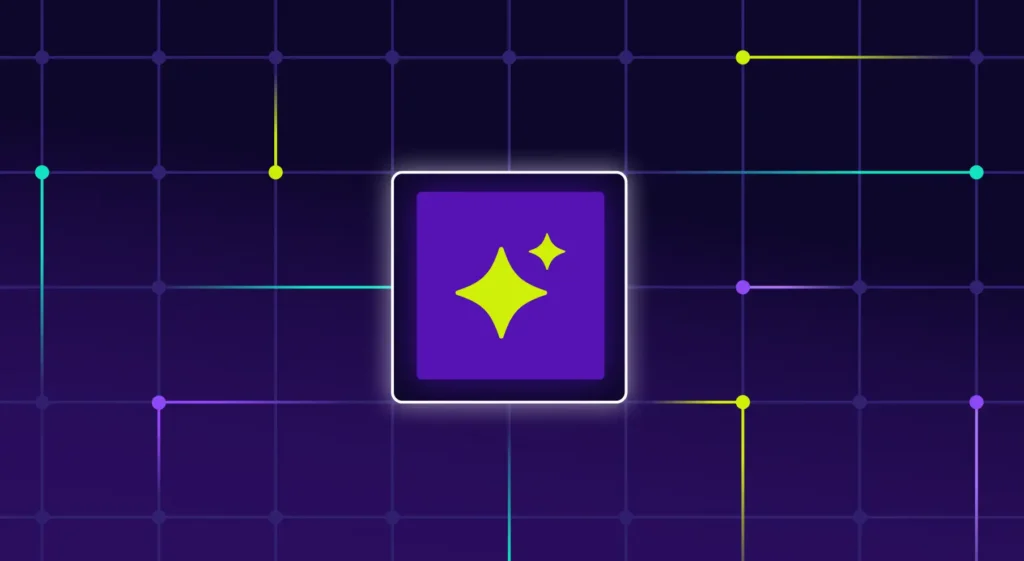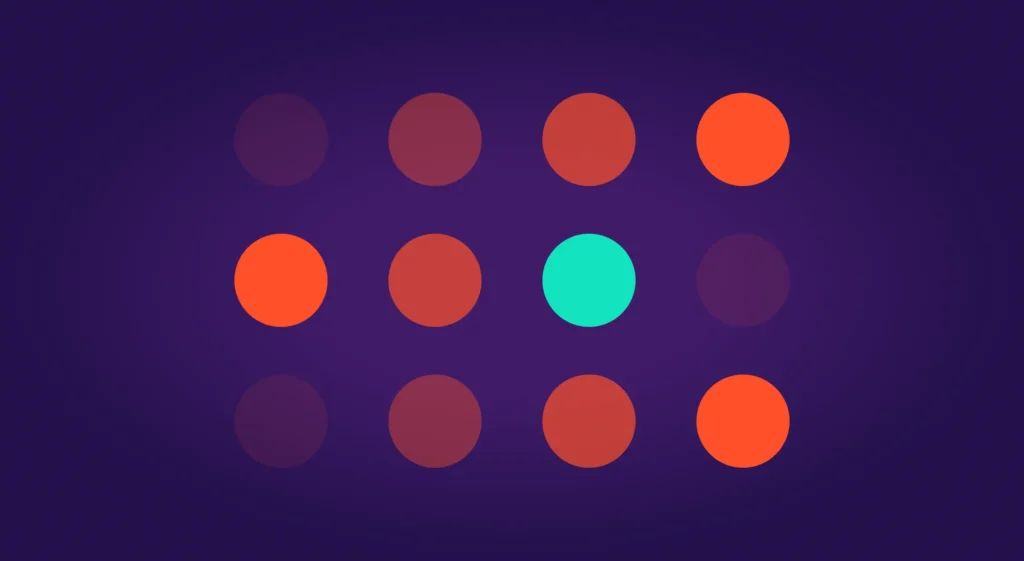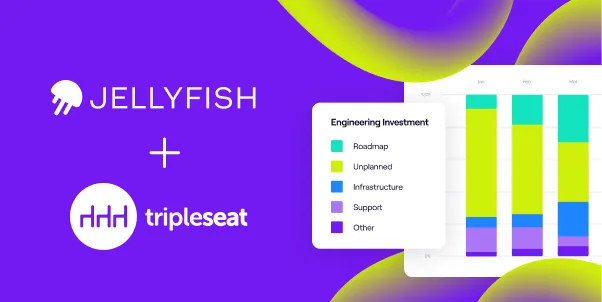Optimizely is a B2B SaaS organization that enables data-driven decision making through their Digital Experience Platform to unlock their customers’ digital potential via a plethora of testing, personalization, content marketing, content management and commerce services. As the company consists of multiple acquisitions, David O’Leary, Global Vice President of Product Delivery at Optimizely, describes aligning the engineering and product development efforts of previously disparate organizations as a monumental task from both a people, technology, and financial perspective.
Aggressive growth goals combined with a desire to have internal processes integrated into a singular portfolio have provided a challenging roadmap for David and the teams at Optimizely; “We have quite a large engineering team. You’re looking at several hundreds of people and acquisitions can be hugely additive to that. We’ve put a lot of time into building services teams for common areas to try and integrate better, and that can be hard when you have multiple acquisitions.”
Syed Iqbal Group Accountant, OptimizelyObviously there’s a huge difference between the manual way of working and the outputs coming out of Jellyfish. Now, there is a much smaller chance for human error on multiple aspects; we have better accuracy with both the tasks and the effort attributed to each task.
Time consuming R&D cost capitalization
In addition to the task of consolidating engineering work streams, Syed Iqbal, a Group Accountant for Optimizely, is responsible for capitalizing the R&D costs of Optimizely. Prior to using Jellyfish, Optimizely was capitalizing costs in a purely manual fashion through multiple data pulls and merge actions, all via spreadsheets:
- Syed would pull manual time tracking data attached by every engineer to each Jira issue
- He would collect employee cost data from separate HR outputs
- Next, he’d work with product and engineering leadership to determine which tasks are capitalizable
- Finally Syed would tabulate and calculate the sum of capitalized costs from the reporting period
Between unwieldy outputs from Jira reports, manually collecting hours, and then linking all the disparate data sources together, Syed was concerned with not just the time it took to collate the data, but also the repeatability, accuracy and precision as well. These issues were addressed when leveraging Jellyfish: “Obviously there’s a huge difference between the manual way of working and the outputs coming out of Jellyfish. Now, there is a much smaller chance for human error on multiple aspects; we have better accuracy with both the tasks and the effort attributed to each task.”
David O'Leary Global Vice President of Product Delivery, OptimizelyWe realized that this was culturally prohibitive, and was not accurate regardless.
The burden of manual time tracking was crucially important for Optimizely to remediate. The prior process was reliant upon a time tracking plugin where each engineer manually entered the time spent on each Jira issue. Different teams and individuals leveraged this plugin in their own manner; some waited until the end of a week to go back and assign an approximate time/value to each issue, while others would do this on the fly. This system provided estimates at best. But worse, the leaders on the engineering team recognized the pain it was causing their engineers. Optimizely leadership recognized that such a tactic for recognizing “time spent” on issues wasn’t a long-term solution: “We realized that this was culturally prohibitive, and was not accurate regardless”.
The lack of consistency in recording the associated time spent meant that outputs handed over to Syed were inconsistent in their approach to understanding effort of the engineering teams, a problem widely seen amongst many organizations facing the task of capitalizing their R&D costs.
The Optimizely team also recognized the enormous opportunity cost of the time and effort spent by both the team and by leadership to make sense of the outputs from the manual time tracking plugins. David stated that, “[the Excel files] that would have been generated for an epic or initiative would have had to be stitched together by my boss and the CTO because, you know, someone has to do it. At one point we even hired a dedicated data analyst just for this.”
Solution & Results
Jellyfish was brought in to solve these challenges by automating away many of the rote tasks that make up the cost capitalization process. With Jellyfish, Optimizely has been able to recognize:
- Saved several days per quarter spent manually collating data.
- Saved on average 30 minutes per week, per engineer; time spent manually tracking and assigning hours to individual Jira issues. Improved the happiness of engineering teams by reducing toil associated with manual time tracking.
- Enhanced accuracy of capitalization reports and the standardization of attributable effort to engineering tasks.
- Precise, traceable costs for clearly defined audit trails now and into the future as Optimizely continues to grow it’s R&D functions and capitalizable costs.
Improving the data collection essential for R&D cost capitalization is only a part of the value that Jellyfish provides to Optimizely.
Before using Jellyfish, the Optimizely teams were using internally developed tools built on top of PowerBI to analyze engineering metrics and operational dashboards. But it only provided a fraction of what the team needed. The Jellyfish Engineering Management Platform quickly eclipsed the capabilities of any internal tool. O’Leary explains, “So what we had were multiple things that only partially did what Jellyfish does, some simple dashboards, etc. Jellyfish gives us a significantly better view across all our teams and we don’t have to spend the resources to maintain the tools ourselves.”
David O'Leary Global Vice President of Product Delivery, OptimizelyJellyfish can show us where we have rockstar managers or rockstar product people. It really elevates people, and one of the things that jumped out at me was that it helps me prove things I had already suspected, but just didn’t have the data to show, which is really powerful.
The Jellyfish application provides powerful out-of-the-box capabilities for both big picture perspectives on the company and drilling down into individual issues. David also said that “Jellyfish gives me really great control of seeing what has been done and in a much more meaningful way than just looking at Jira for visualization… if I wanted to see the entire history of the organization, even all the commit activity of it, all the peer reviews, I can drill into that in Jellyfish.”
Lastly, Jellyfish is a compelling tool that sheds light on high-performing teams and helps highlight “hidden gems” within the product and engineering teams. David commented, “Jellyfish can show us where we have rockstar managers or rockstar product people. It really elevates people, and one of the things that jumped out at me was that it helps me prove things I had already suspected, but just didn’t have the data to show, which is really powerful.”
A trusting partnership
O’Leary looks forward to the continued partnership between Optimizely and Jellyfish. He made it a point to highlight the impact that the Jellyfish Customer Success team can have for customers. As parting words, David gave kudos to the Jellyfish Customer Success team for the ongoing work of enhancing the insights that Jellyfish delivers to Optimizely: “I’m not someone who gives compliments easily, but when I’m working with Dana [Brunt – Jellyfish CSM], I’ve never felt like he doesn’t understand me, or what we’re about or what engineering is about. His level of understanding is really high and I think it shows a very high standard in Jellyfish of what you guys do.”





